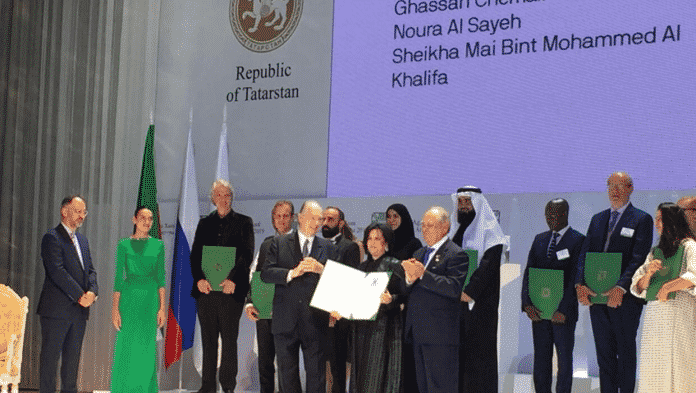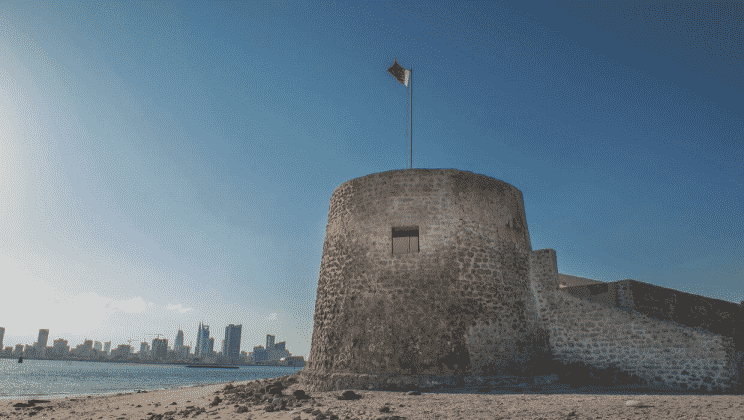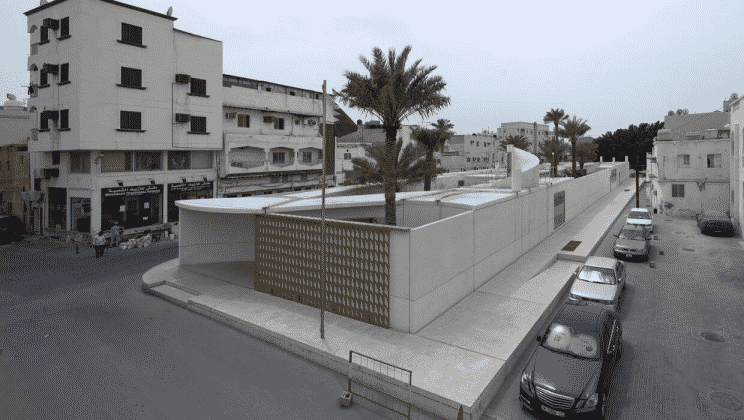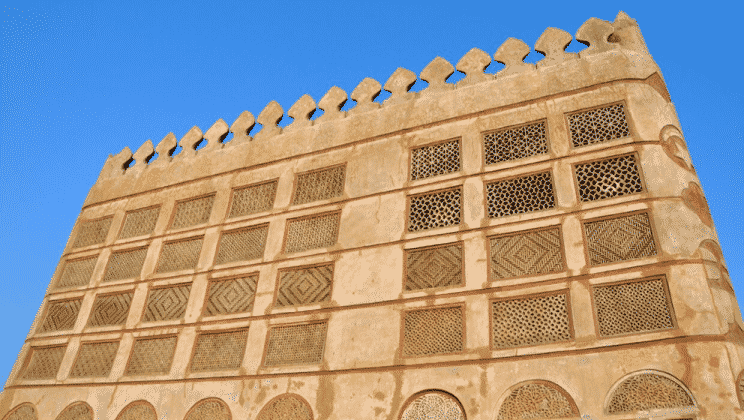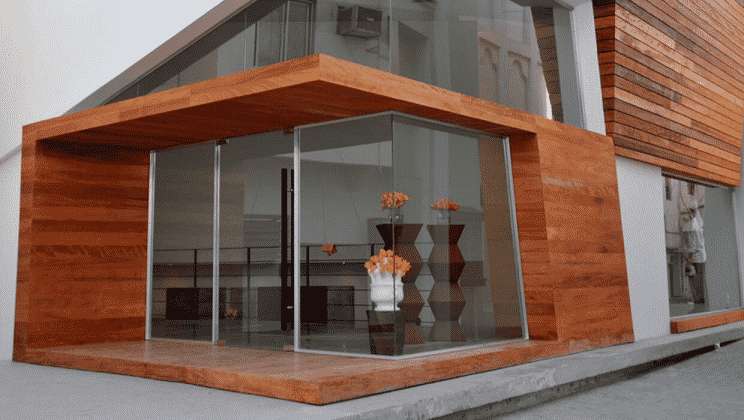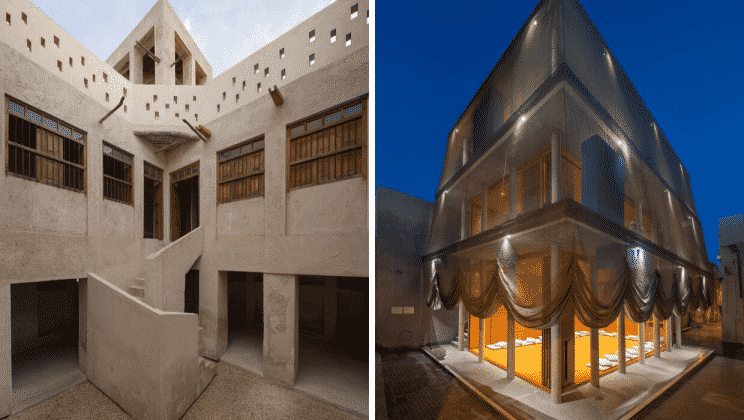The winners of the 2019 Aga Khan Award for Architecture were announced and the Revitalization Project in Muharraq, which highlights the World Heritage site’s pearling history, is one among the winners, who will share US$ 1 million between them. The project evolved into a comprehensive programme that aimed to re-balance the city’s demographic makeup by creating public spaces, providing community and cultural venues, and improving the overall environment.
The pearling industry was historically crucial to Bahrain’s economy, with the former capital Muharraq as its global centre. Following the development of cultured pearls in the 1930s, the town went into decline and Manama rose to become capital through oil wealth. Muharraq’s indigenous population was largely replaced by migrant workers, mostly single males sharing rented accommodation.
Initiated as a series of restoration and adaptive reuse of a number of edifices under the Sheikh Ebrahim Centre for Culture and Research, the project evolved into a comprehensive programme entitled Pearling Path, Testimony of an Island Economy involving various architects, planners and researchers. The project both highlights the town’s pearling history and aims to re-balance its demographic makeup, enticing local families back through improvements to the environment and provision of community and cultural venues.
Facilitated by private–public partnerships, it involves the preservation of a number of sites and numerous buildings, from humble divers’ houses to prestigious courtyard residences to commercial warehouses; plus the upgrading of other façades, and the construction of four new buildings. All of these are connected through a visitor pathway, with vacant plots left by demolitions landscaped as public spaces.
The preservation/restoration of the traditional buildings included reinstating lost wind towers for natural climate control. The materials employed match the originals – notably coral stone reused from demolished structures, and wood. Terrazzo, which became popular in the area in the 1940s for flooring, is utilised extensively for street furniture, and contains flecks of oyster shell. Spherical white streetlamps atop terrazzo posts bring further pearl related symbolism and assist wayfinding.
The new buildings respect the historic environment’s scale and street lines while making bold contemporary architectural statements. The Pearling Path Visitor and Experience Centre and the House of Architectural Heritage adopt a Brutalist aesthetic, the former’s forms echoing the wind towers and coral blocks of traditional neighbouring structures; the Archaeologies of Green Pavilion features a series of interlinking gardens containing indigenous plants; and the Dar Al Jinaa Centre for Traditional Music is inventively cloaked in chain mail, shielding against solar glare while allowing a constant breeze.
Now, a UNESCO World Heritage Site, all new planning applications are reviewed by the project team to ensure further developments are in keeping with the scheme’s overarching objectives.
The Revitalization Project of Muharraq responds creatively to the challenges of neglected urban cultural heritage and social life. Drawing on Bahrain’s heritage of a pearl economy, it has reawakened a local sense of pride while infusing new cultural life in a deteriorated urban area. It is important to note that the revitalisation is based on an audacious array of public and private interventions using a contemporary and dynamic – yet discrete – architectural language.
The restoration of existing buildings and the introduction of well-designed contemporary ones provide a vessel for curated cultural activities. Using an elegant way-finding lighting network, the “Pearl Route” guides visitors through the area’s heritage in a socially sensitive manner.
The excellent, yet affordable, upgrading of public spaces provides the local community with opportunities for social interaction. The project successfully establishes an open platform where citizens can actively engage. Professionals of different backgrounds can interact and collaborate. Public-private partnerships and local businesses can thrive.
The Aga Khan Award for Architecture was established by the Aga Khan in 1977 to identify and encourage building concepts that successfully address the needs and aspirations of communities in which Muslims have a significant presence. The Award recognises examples of architectural excellence in the fields of contemporary design, social housing, community improvement and development, historic preservation, reuse and area conservation, as well as landscape design and improvement of the environment. Since the Award was launched 42 years ago, 122 projects have received the award and more than 9,000 building projects have been documented.

